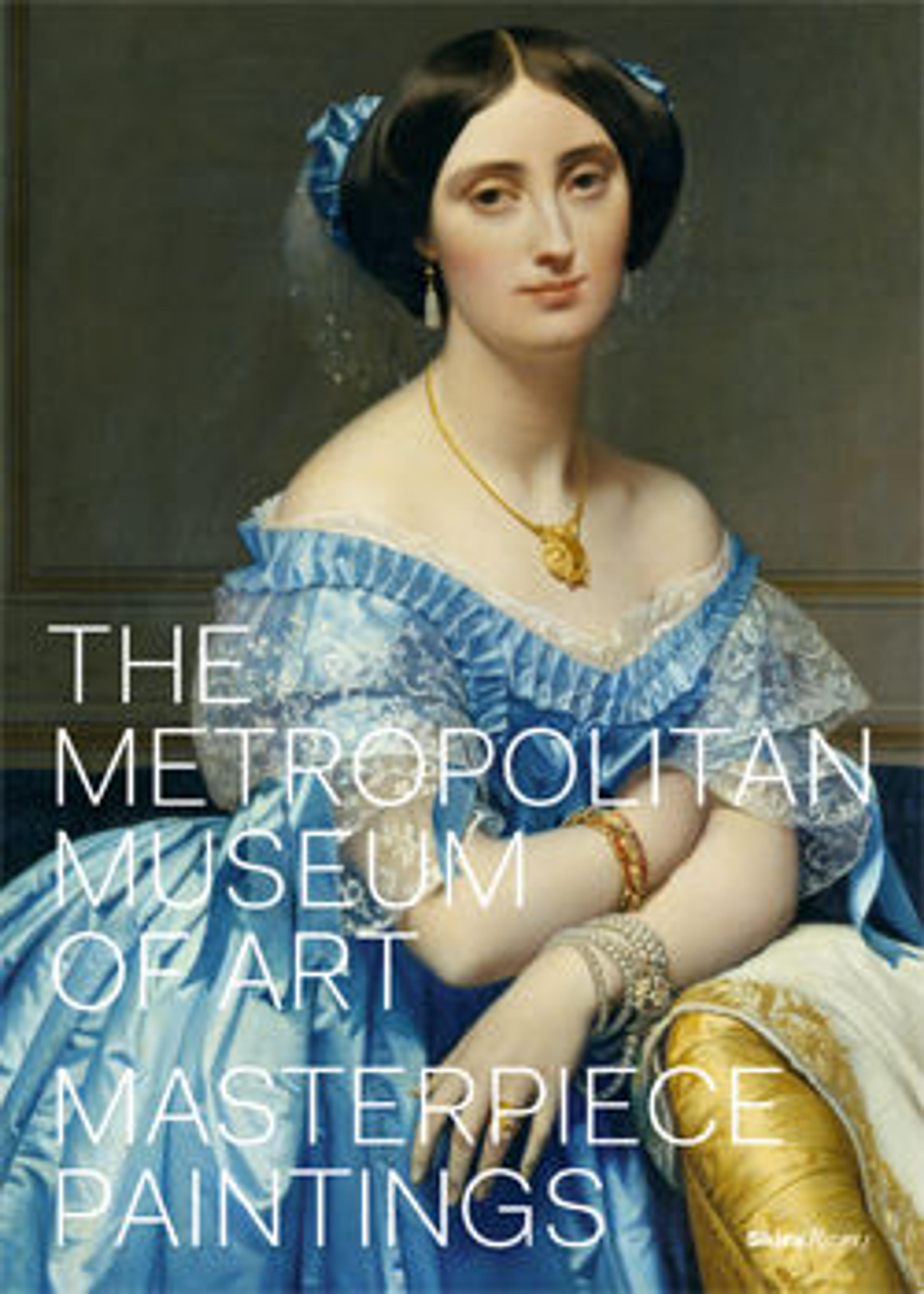Deer amid Pine Trees
Depicting idyllic landscapes, the two scrolls displayed here celebrate auspicious imagery, especially deer and pine trees. Originally they were probably part of a set featuring the ten symbols of longevity. The blue and green landscape setting also carries a favorable meaning: it evokes an archaic style associated with a golden age in China to which later artistic traditions throughout East Asia often alluded.
The pictorial theme of the ten symbols of longevity was especially fashionable in Korea during the Joseon dynasty, and most extant works date to the nineteenth century. Painted or embroidered folding screens on the subject were initially produced for the royal court to display at palace events. The appealing motifs also filtered into folk paintings.
The pictorial theme of the ten symbols of longevity was especially fashionable in Korea during the Joseon dynasty, and most extant works date to the nineteenth century. Painted or embroidered folding screens on the subject were initially produced for the royal court to display at palace events. The appealing motifs also filtered into folk paintings.
Artwork Details
- 작자미상 소나무 아래 사슴 조선
- 作者未詳 松下雙鹿圖 朝鮮
- Title: Deer amid Pine Trees
- Artist: Unidentified artist
- Period: Joseon dynasty (1392–1910)
- Date: 19th century
- Culture: Korea
- Medium: Pair of hanging scrolls; ink and color on silk
- Dimensions: Image (each scroll): 50 3/4 × 19 1/8 in. (128.9 × 48.6 cm)
Overall with mounting: 83 1/4 × 25 in. (211.5 × 63.5 cm)
Overall with knobs: 83 1/4 × 27 1/4 in. (211.5 × 69.2 cm) - Classification: Paintings
- Credit Line: Purchase, Friends of Asian Art Gifts, 2013
- Object Number: 2013.29a, b
- Curatorial Department: Asian Art
More Artwork
Research Resources
The Met provides unparalleled resources for research and welcomes an international community of students and scholars. The Met's Open Access API is where creators and researchers can connect to the The Met collection. Open Access data and public domain images are available for unrestricted commercial and noncommercial use without permission or fee.
To request images under copyright and other restrictions, please use this Image Request form.
Feedback
We continue to research and examine historical and cultural context for objects in The Met collection. If you have comments or questions about this object record, please complete and submit this form. The Museum looks forward to receiving your comments.
